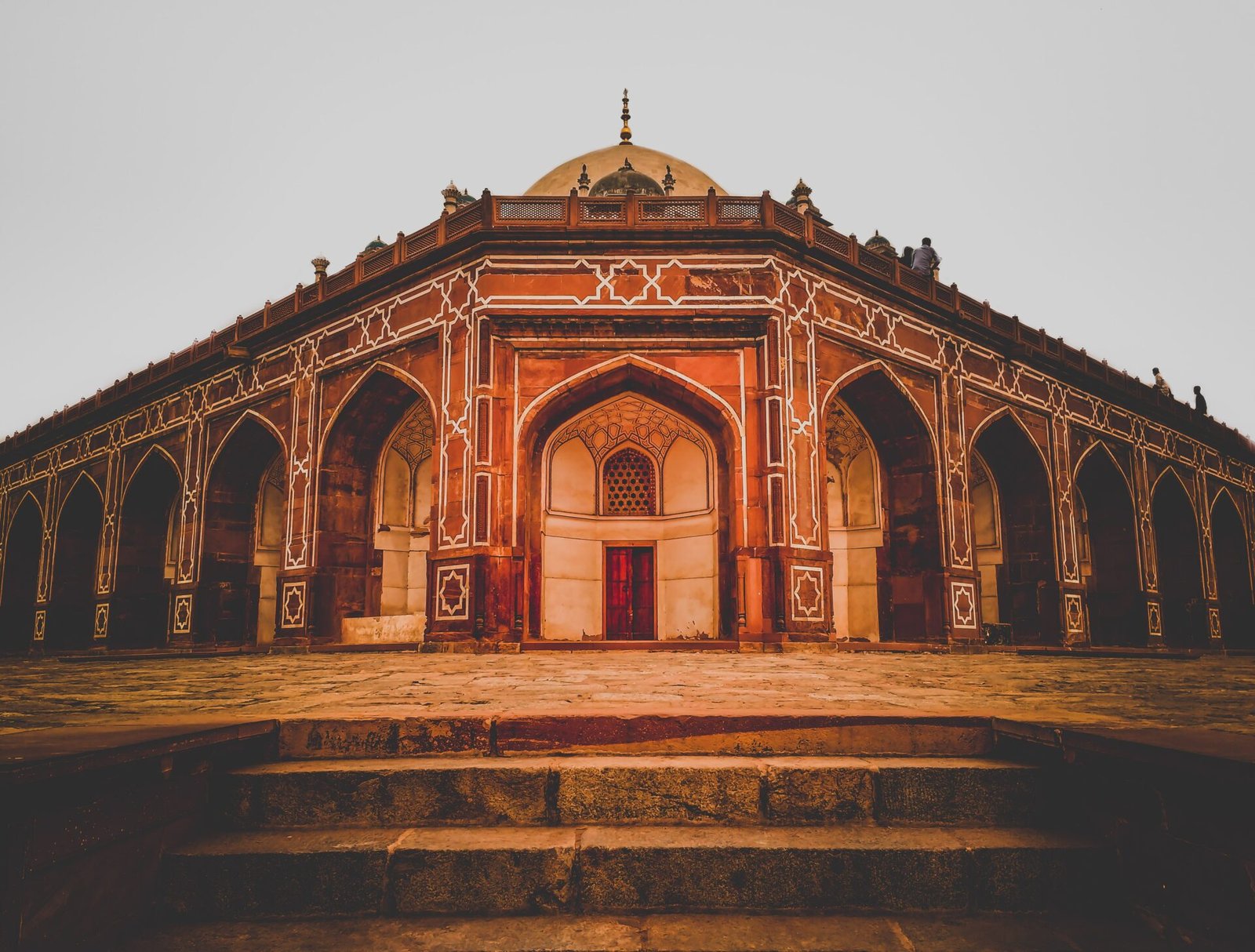According to the World Travel and Tourism Council (WTTC), India’s travel and tourism industry is expected to contribute $200 billion (Rs16.5 trillion) to the nation’s GDP in 2023, just 3.5 per cent less than it did in 2019. Additionally, the industry is anticipated to add over 1.6 million new jobs this year, bringing the total number of employees to almost 39 million, virtually regaining the employment levels lost due to the Covid-19 outbreak.
Domestic tourism spending increased 86 percent in year to surpass $150 billion (Rs12.3 trillion), only 1 per cent below pre-pandemic levels. The sector’s contribution to the nation’s gross domestic product (GDP) surged by about 90 per cent to reach $190 billion (Rs15.6 trillion), accounting for almost 6 per cent of the whole economy and moving closer to its 2019 peak of 7 per cent.
Julia Simpson, president and CEO of WTTC, emphasised the sector’s resiliency, which is growing at twice the rate of the gross domestic product (GDP), not just in India but across all G20 nations.
Last year, Bangladesh (12 per cent), the United States (7 per cent), the United Kingdom (5 per cent), Sri Lanka (2 per cent) and France (2 per cent) were India’s top source markets for foreign tourists. Simpson listed Delhi, Mumbai, Goa, Kolkata, and Ahmedabad as the top five foreign arrivals-based Indian destinations.
With one in 13 workers in India employed in the travel and tourism sector, the WTTC’s research shows that this expansion presents considerable employment opportunities, particularly for young people.
By the end of this year, domestic tourist spending in India is anticipated to top $150 billion (Rs12.6 trillion), while overseas visitor spending is anticipated to surpass $24 billion (Rs2 trillion).
According to WTTC’s forecast, the travel and tourism industry will contribute roughly 7 per cent of India’s economy by 2033, reach $450 billion (Rs36.8 trillion), employ more than 58 million people, or one in ten jobs in the nation, and generate $450 billion (Rs36.8 trillion).
The investment in digital visas and biometrics, exemplified by Dubai Airport’s “smart gates,” Simpson said, is a successful example of technology streamlining travel processes. He described visa backlogs as a significant obstacle, with excessive waiting times ranging from 200 days to a year for some destinations.



